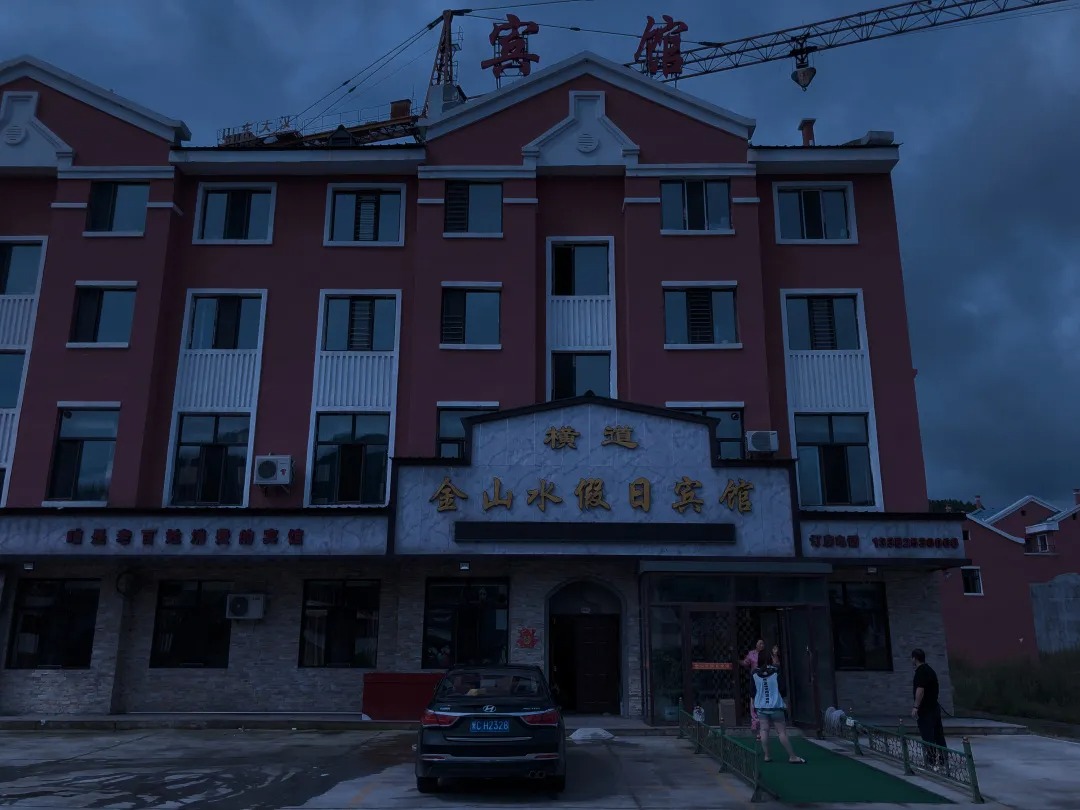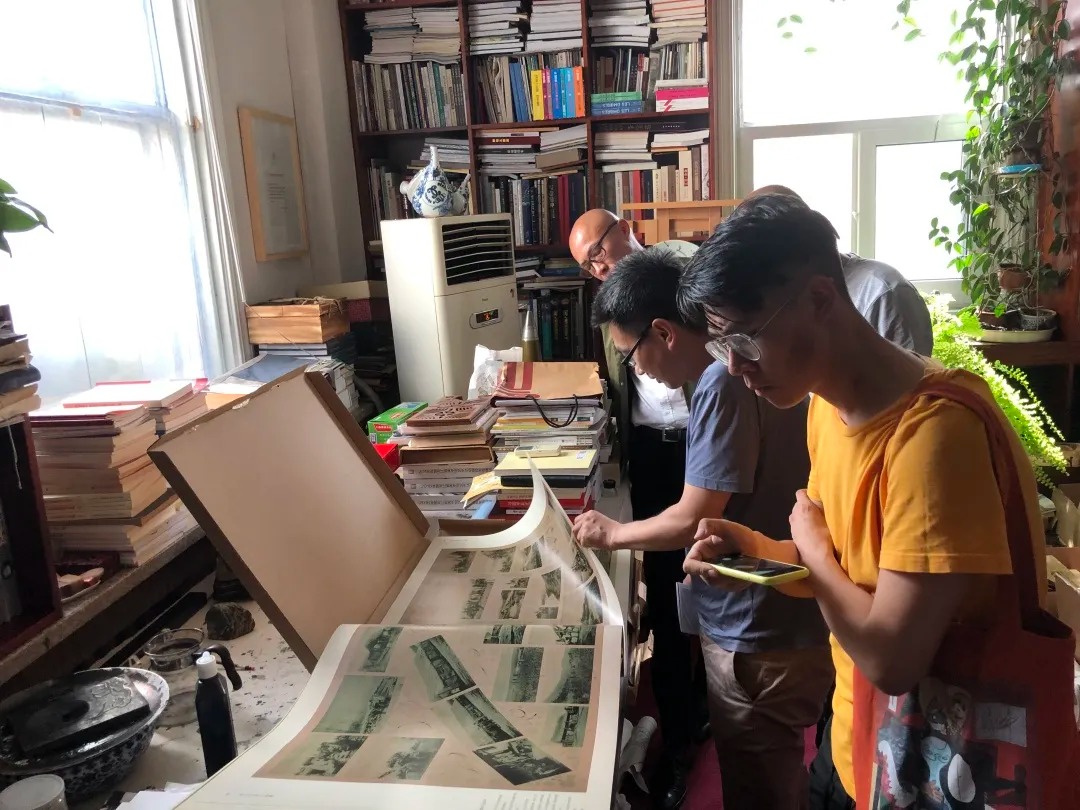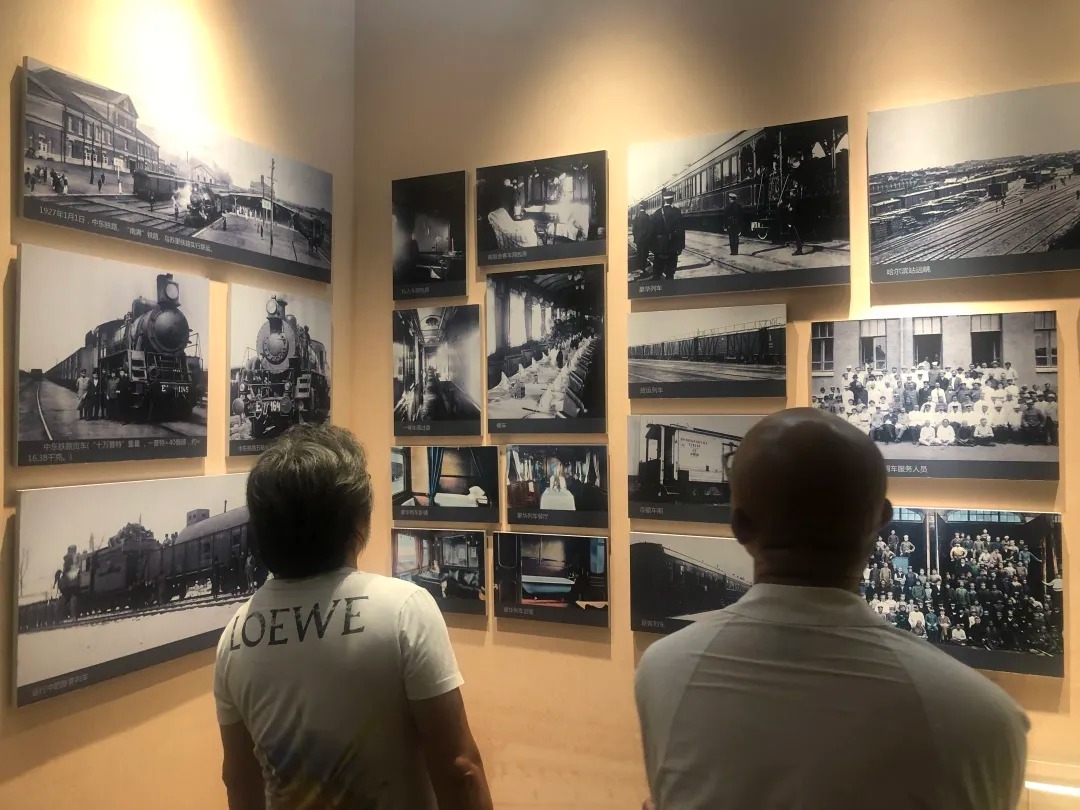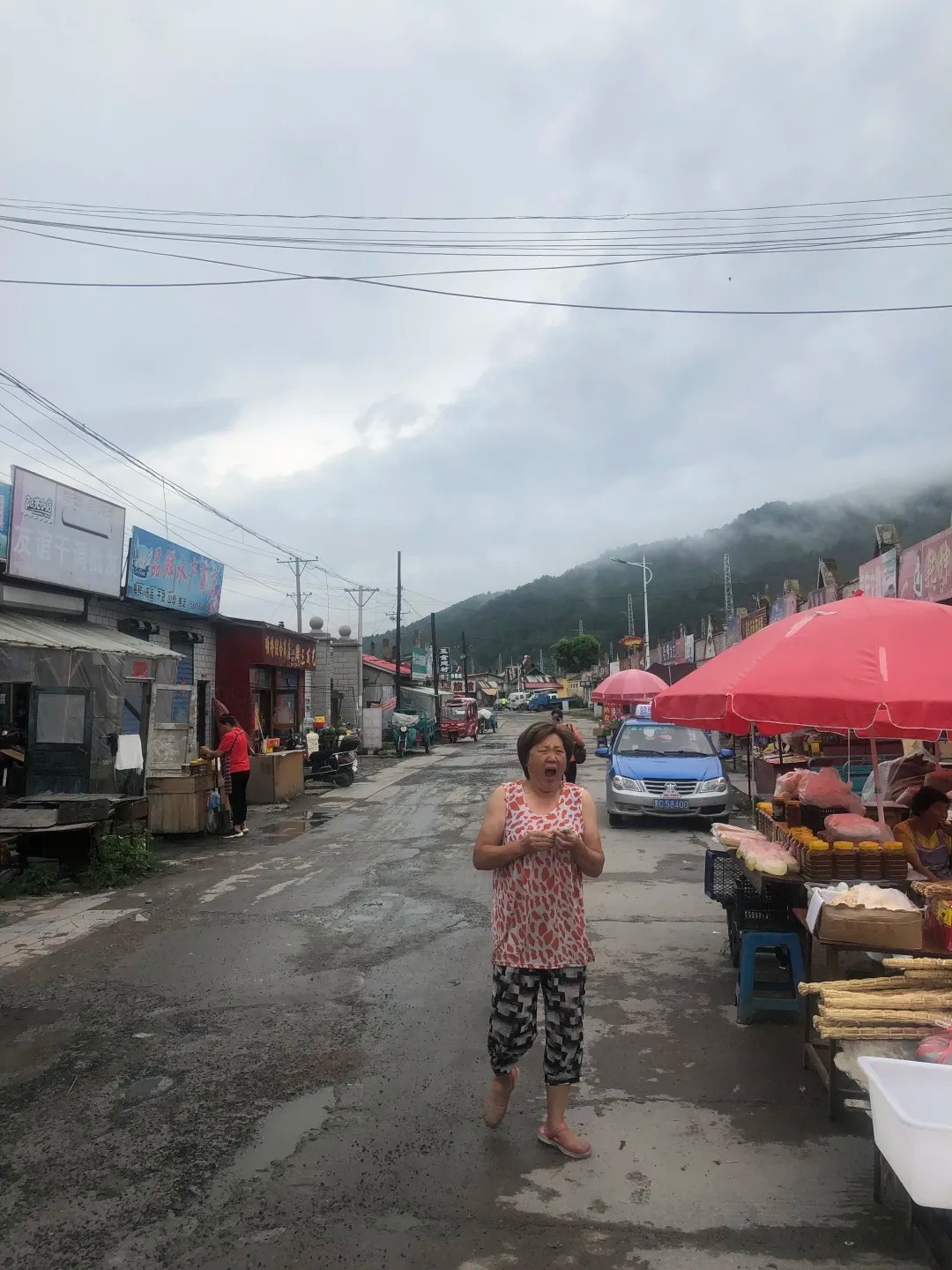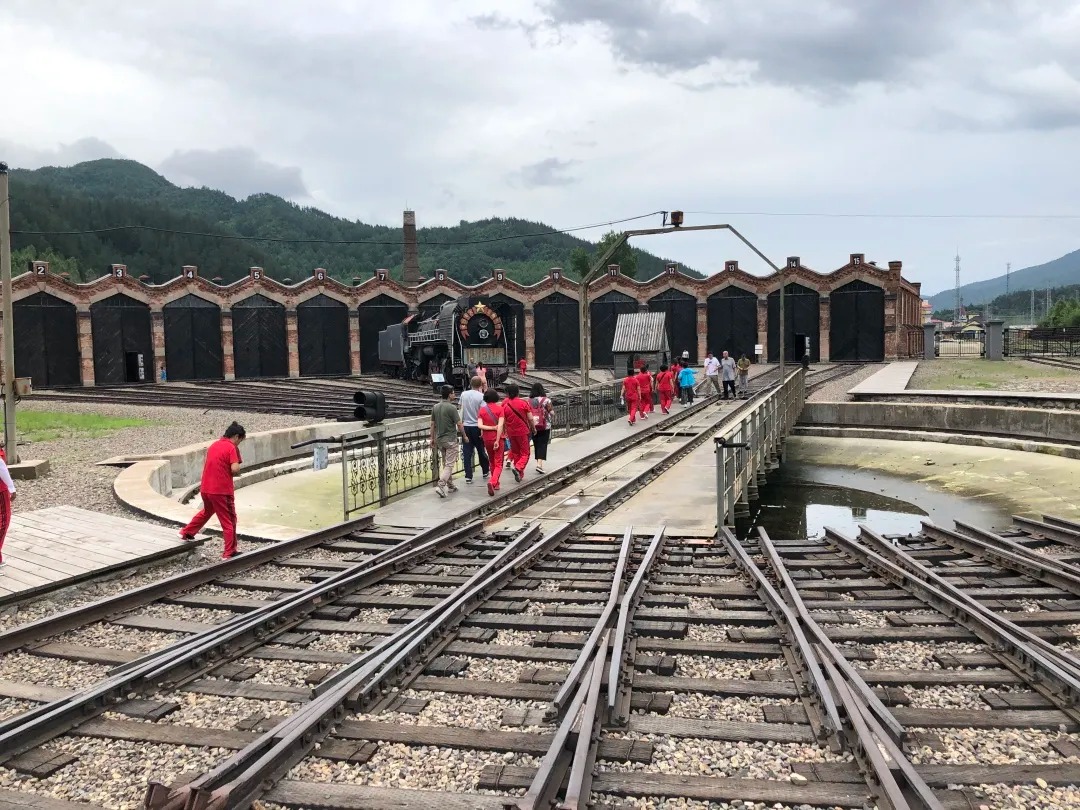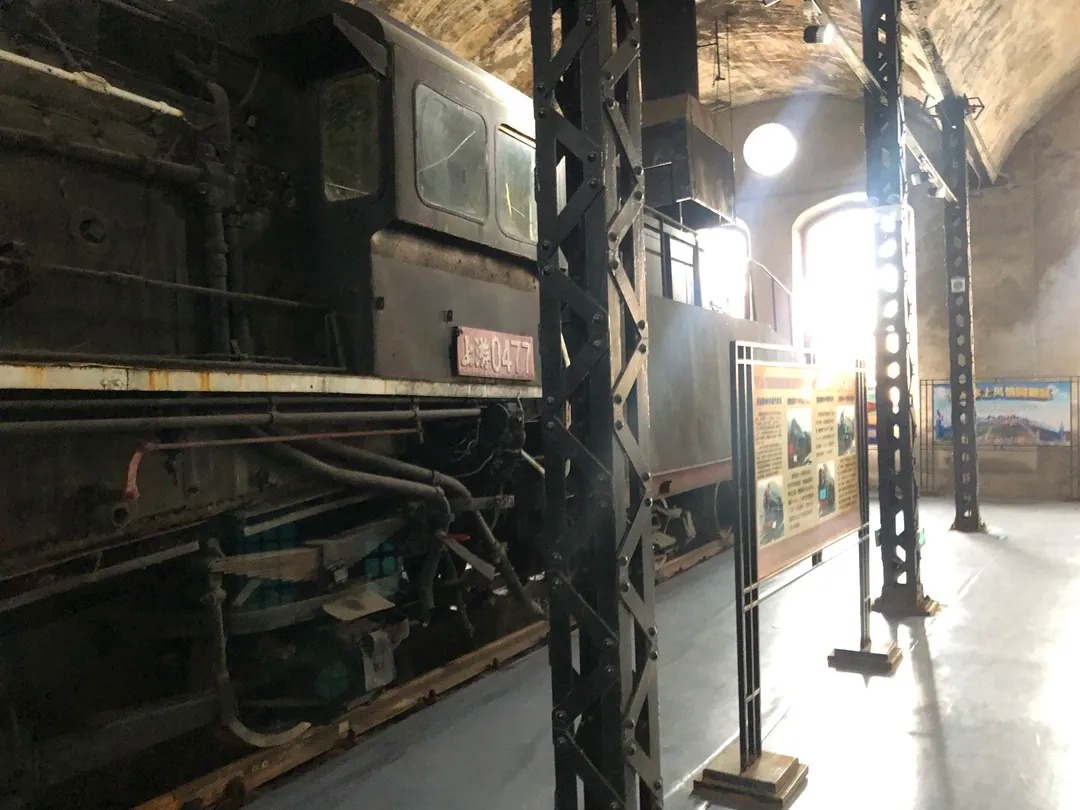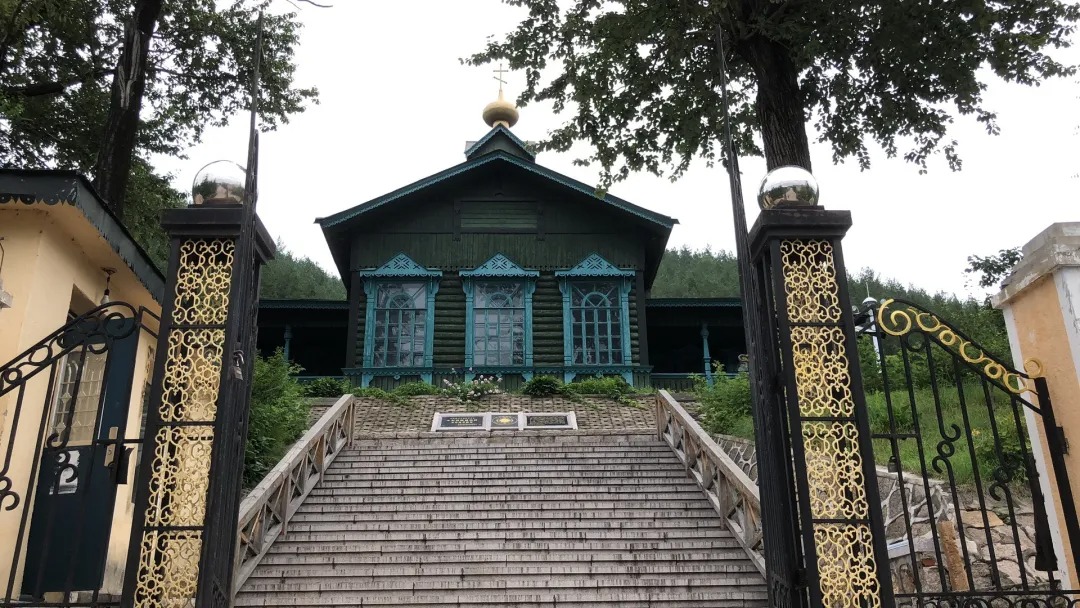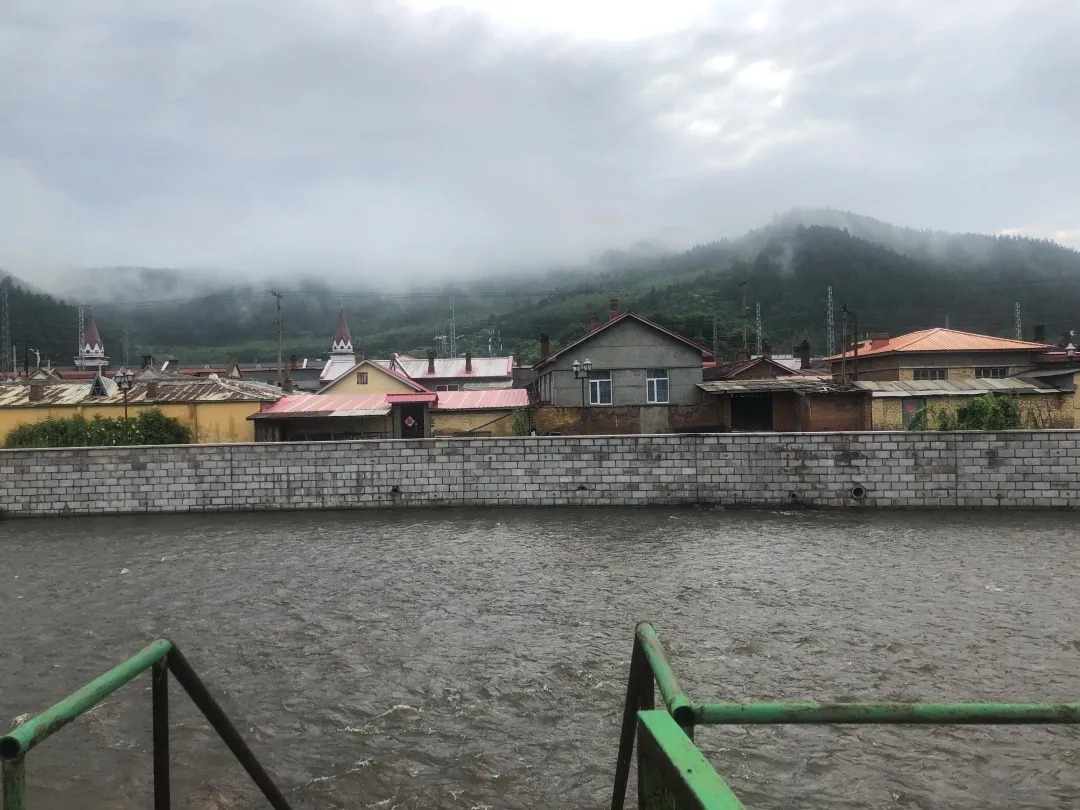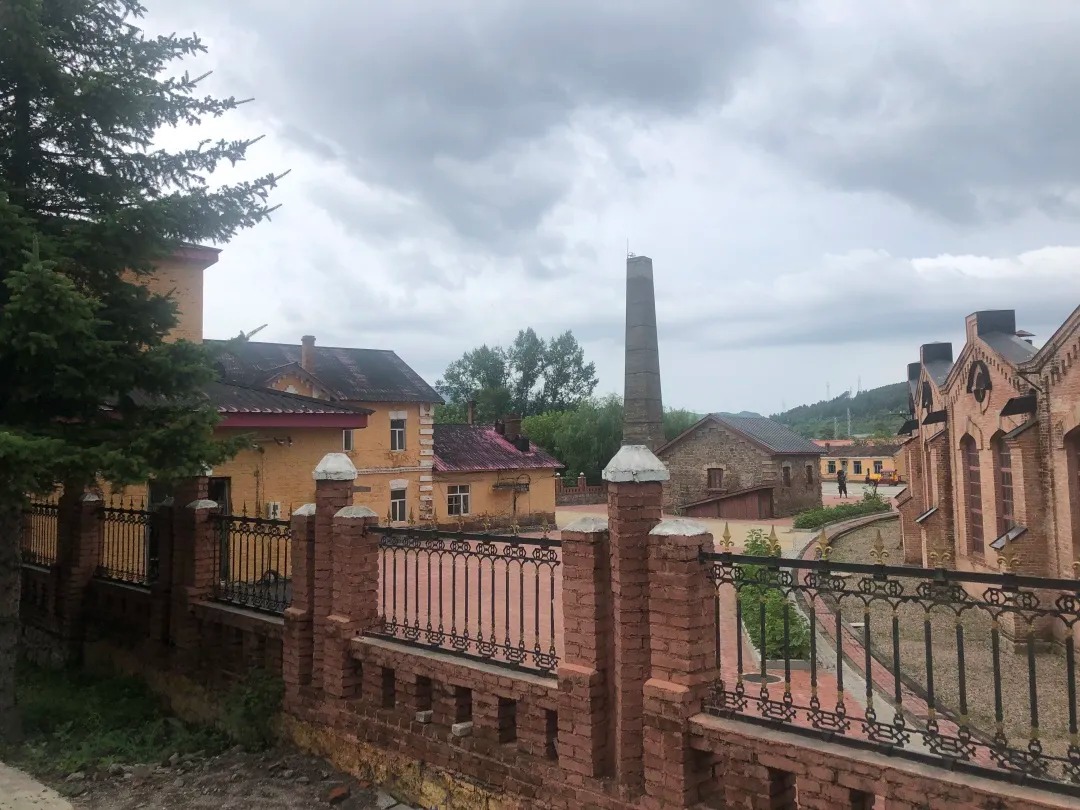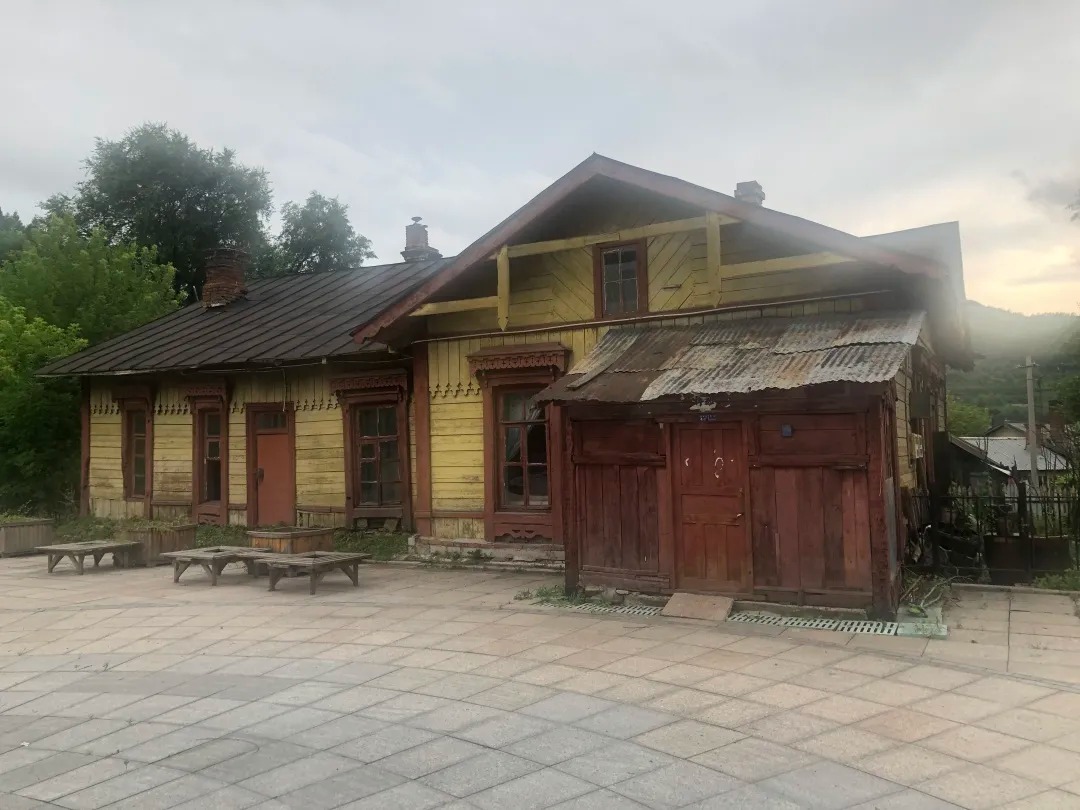The China Eastern Railway: The Journey

Journey|Harbin and Hengdaohezi
China Eastern Railway
Time: July 24 – 25, 2019
Location: Harbin, Hengdaohezi

Observation | Two Pursuits: Zhao Gang’s Highways and Zhang Hui’s Railways
China Eastern Railway
Time: 2020
Author: Long March Project
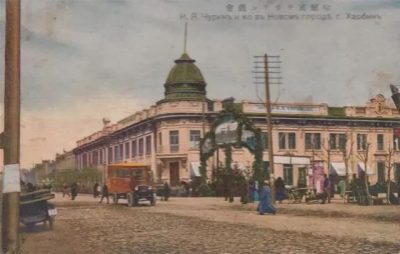
Background | Railways, Diaspora, Architecture
China Eastern Railway
Time: 2019
Compiled by Long March Project
Journey|Harbin and Hengdaohezi
China Eastern Railway
Time: July 24 – 25, 2019
Location: Harbin, Hengdaohezi

The “China Eastern Railway” Project was initiated by the artists Zhang Hui and Zhao Gang in the spring of 2019. Zhang Hui was born in the city of Qiqihar in Heilongjiang Province and grew up with the railways given his father’s job building the railroad in Dongbei, China’s Northeast. Zhao Gang was born in Beijing into an ethnic Manchurian family, as an adult he spent many years in the United States and Europe for study and work. Both artists currently reside in Beijing. Through their personal inquiries into Dongbei and research into the recent historical and geopolitical significance of the cities and areas along the route of the China Eastern Railway, the railway came to reflect the two artists’ own explorations into their identities and creative processes. On the 17th of May 2019, the two artists agreed on a project itinerary: they would both start their trips at the same time in mid-July with Zhao Gang travelling the western branch of the China Eastern Railway, and Zhang Hui following the southern branch (also known as the South Manchuria Railway), and planned out their routes so that they would meet in Harbin and the China Eastern Railway depot at Hengdaohezi. In June, the Long March Project team invited the curator Lu Mingjun, and Professor Wang Hui from the Harbin Normal University as guest discussants to join them at the meeting point, with Long March Project in the role of organiser and observer.
On 15 July 2019, the two artists officially began their journeys: Zhao Gang headed east from Manzhouli by motorbike, Zhang Hui went north by train from Lvshun in Dalian. The artists and the team (Long March Project staff and the invited guests) met together on the July 24th in Harbin, from where they travelled to Hengdaohezi where the discussion was held. On July 26th, after the discussion was over, Zhang Hui continued his travels on the China Eastern Railway to Mudanjiang and Suifenhe; Zhao Gang would later return to Hengdaohezi in September to paint. Apart from the meeting and discussions in Harbin and Hengdaohezi, the two artists’ routes never crossed. But when their paths coincided, one could get a glimpse of the entire extent of the China Eastern Railway.
Evening, July 24, 2019
During a meeting in a club beside the river, Zhao Gang discusses his Manchurian identity, everyone then discusses the origins behind the Stars Art Movement.

Midday, July 25, 2019
First meal in Hengdaohezi. During the meal, Wang Hui discusses the history of Harbin and how the city prospered because of the railways which drew in masses of migrants.

Afternoon, July 25, 2019
In the studio of the artist Xiao Qian, a long-time resident of Hengdaohezi, the group listens to Wang Hui as he describes his experiences studying and searching for information on Harbin’s history, in his travels around the world from Osaka to Strasbourg.

Evening, July 25, 2019
During a late-night meeting at the Jin Shanshui Hotel in Hengdaohezi, Wang Hui talked about Harbin’s art and architectural history. The Long March Project team and Lu Mingjun responded with thoughts on the lack of presence and inability of China to communicate within the context of the contemporary art world. Zhang Hui dissected his own painting work over the past ten years.
